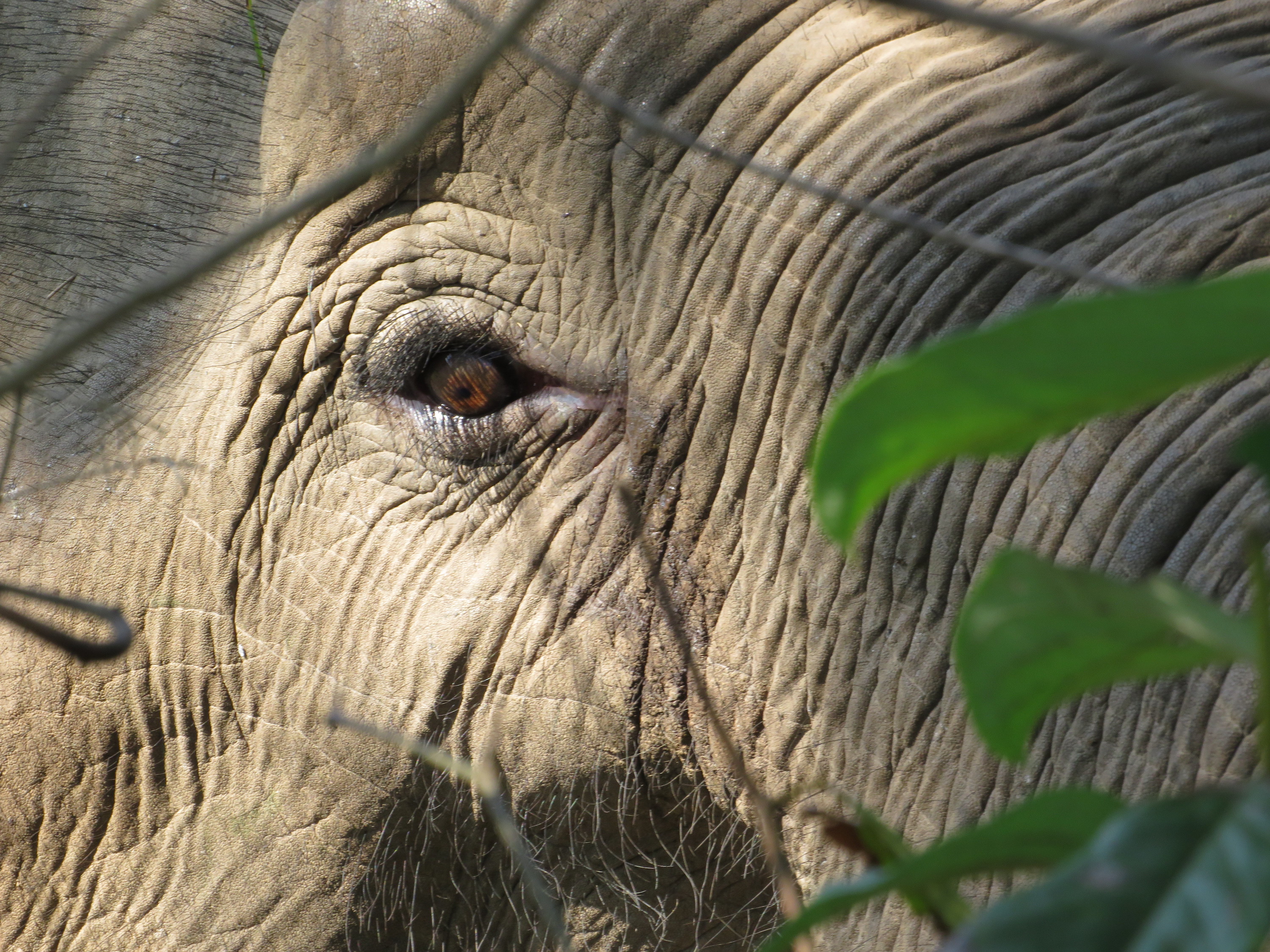How Tourists Play a Role in Protecting Thailand’s Elephants
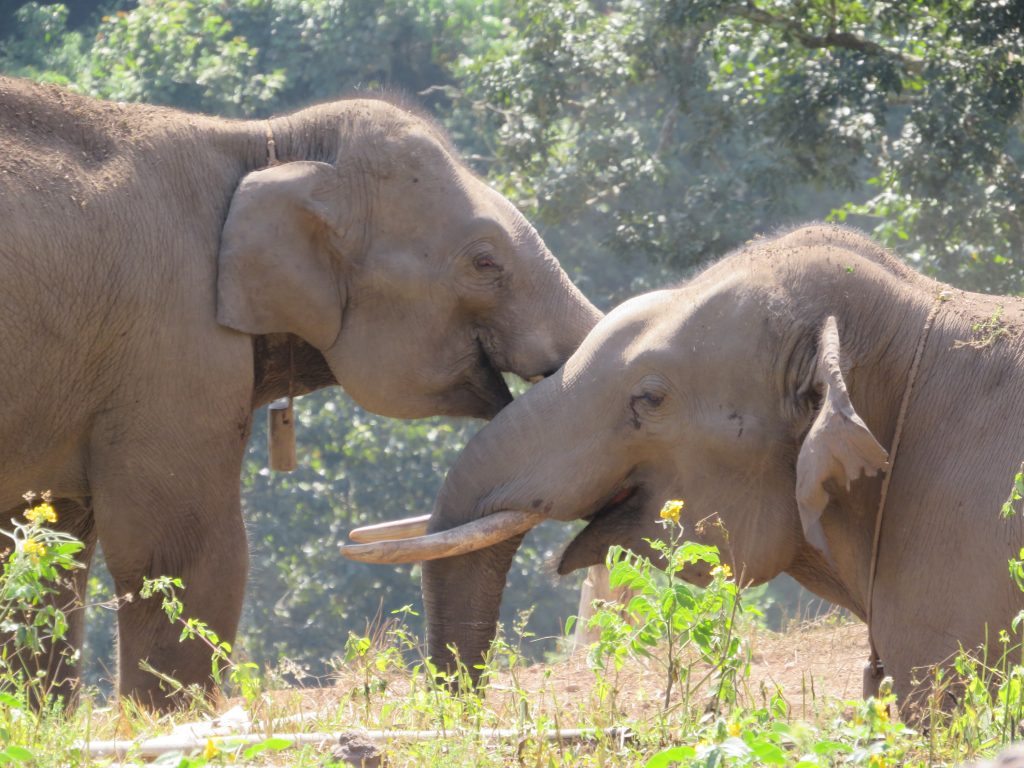
In the last century, Thailand has lost roughly 92 percent of its elephant population. Factors such as illegal wildlife trade, deforestation, and human-animal conflict have led the Asian elephant to the pages of Thailand’s endangered species list. The future of the surviving eight percent remains uncertain — but we know that humans have as much a role to play in their survival as they have had in their decline.
Elephants in Thai culture
For centuries, the Asian elephant has played a domestic role in Thai culture. From weapons of war in the 17th century to tools of strength in agriculture and logging throughout the late 19th century, elephants were — and still are — deemed as property. When commercial logging was banned in 1989 elephants took on a new role, one centred in Thailand’s booming tourism industry.
The high demand for animal entertainment created roles in tourism for thousands of elephants in Thailand and throughout South East Asia, but it was backed by little knowledge of animal welfare. Today, World Animal Protection estimates there are roughly 3,500 elephants currently kept captive for tourism in Thailand.
Domestic elephants are often owned by a family or community and passed down from generation to generation. In many cases, these communities and families come from low-income situations and rely heavily on income generated by the elephants.
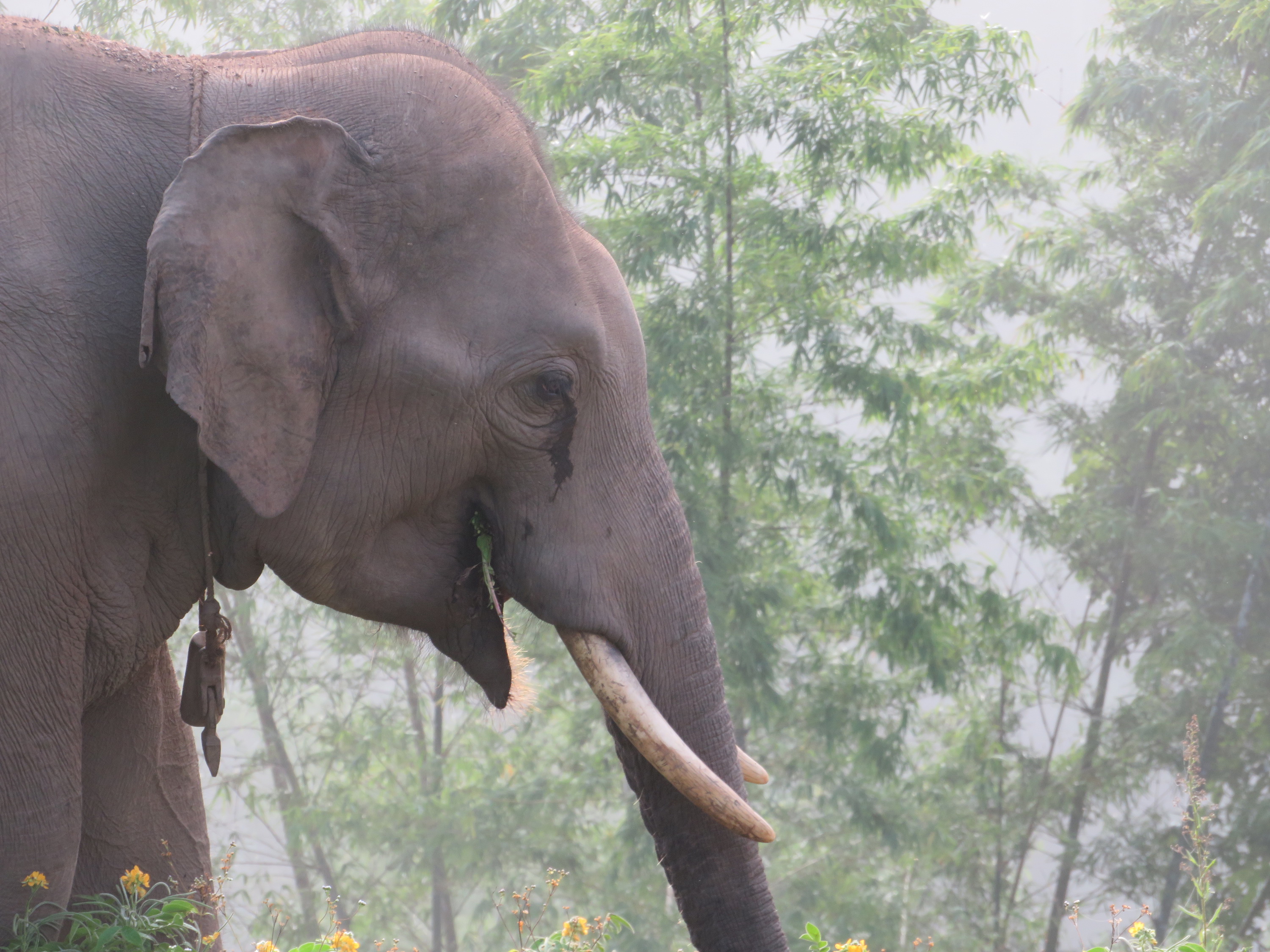
“Many families rely on this income as a sole means to put food on the table,” shared Kerri McCrea, co-founder of Kindred Spirit Elephant Sanctuary, which is an animal conservation and community-based tourism non-profit based in Northern Thailand.
The current situation for elephants in Thailand
With recent awareness about the lack of animal welfare in tourist camps throughout Asia, public opinion began to turn against the use of elephants in tourism. However, the proposed solution to close tourist camps and release elephants back into the wild proved to not be a viable one. This was because, firstly, communities rely on income generated by the elephants, and secondly, because from 2001 to 2018, Thailand lost 1.93 million hectare meters of forests — the natural habitat for wild elephants.
There is also a concern regarding the risk of human-animal conflict. The average weight of an elephant is 3,500 kilograms (3.5 tons), and a creature of this stature needs to sustain a diet of roughly 200 kilograms of foliage per day. This requires a lot of roaming and a high risk of roaming into areas inhabited by humans.
“Elephants risk walking into cornfields and ingesting harmful pesticides that could put their lives at risk,” Kerri explains. “What needs to be focused on is the animal welfare standards of elephants in captivity and alternative solutions to tourist camps.”
Elephant camps vs. elephant sanctuaries
The question of elephant camps vs. elephant sanctuaries is a complex one and perhaps not the right question to ask. Companies can change their wording according to what they believe tourists want to hear — the term for this is “greenwashing”. For example, after TripAdvisor banned the advertisement of any tourist entertainment deemed cruel to animals, companies throughout Thailand plastered posters with phrases like “no elephant riding” and “elephant sanctuary”. This did not necessarily correlate to the company’s standards of animal welfare.
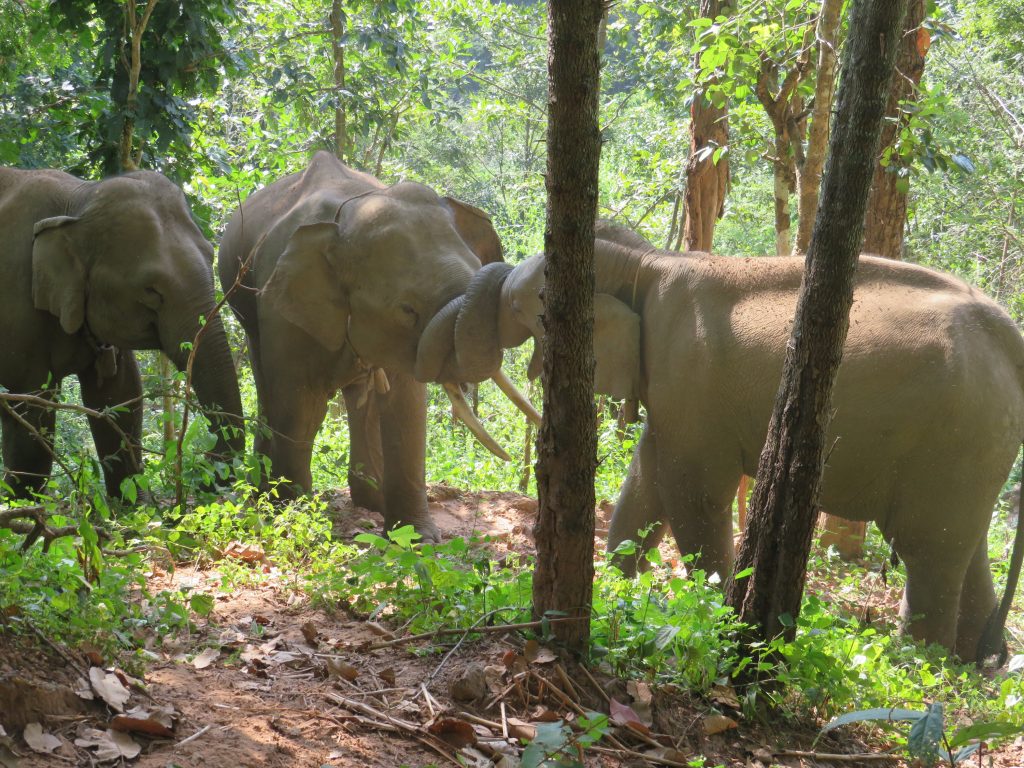
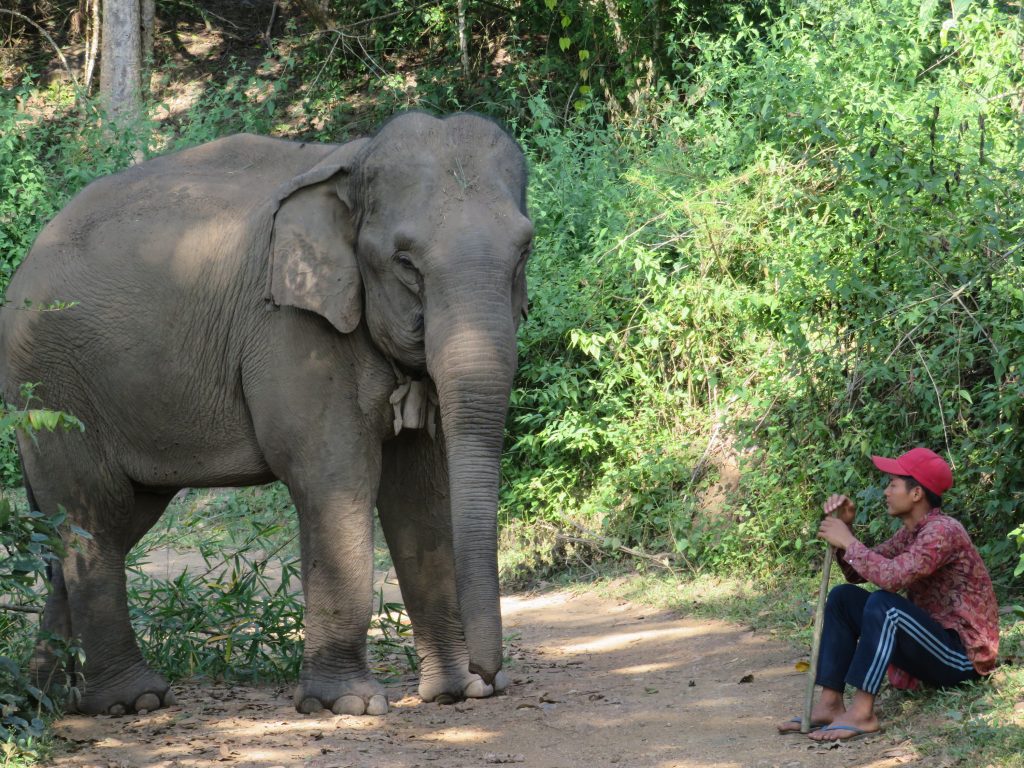
Characteristics of an ethical elephant sanctuary include adequate access to food, water, space, and care, as well as little interaction with tourists — especially not performing tricks or giving frequent rides. World Animal Protection advises that “elephants are much safer and happier when they’re not in direct contact with tourists.”
Why elephants still need tourists
When asked about the ideal scenario for the Asian elephant, Kerri answered: “Ideally elephants belong in the wild, but since that option is not a reality in current times the next best option is for them to live as natural lives as possible in ethical sanctuaries.”
The main mission of Kindred Spirit Elephant Sanctuary, and similar organisations such as BEES – Burm and Emily’s Elephant Sanctuary, is to bring elephants home to the forests to live a semi-wild existence that closely imitates life in the wild. This means they have thousands of acres of forests to roam, tons of food to forage, but can also be kept safe by the companionship of their mahout.
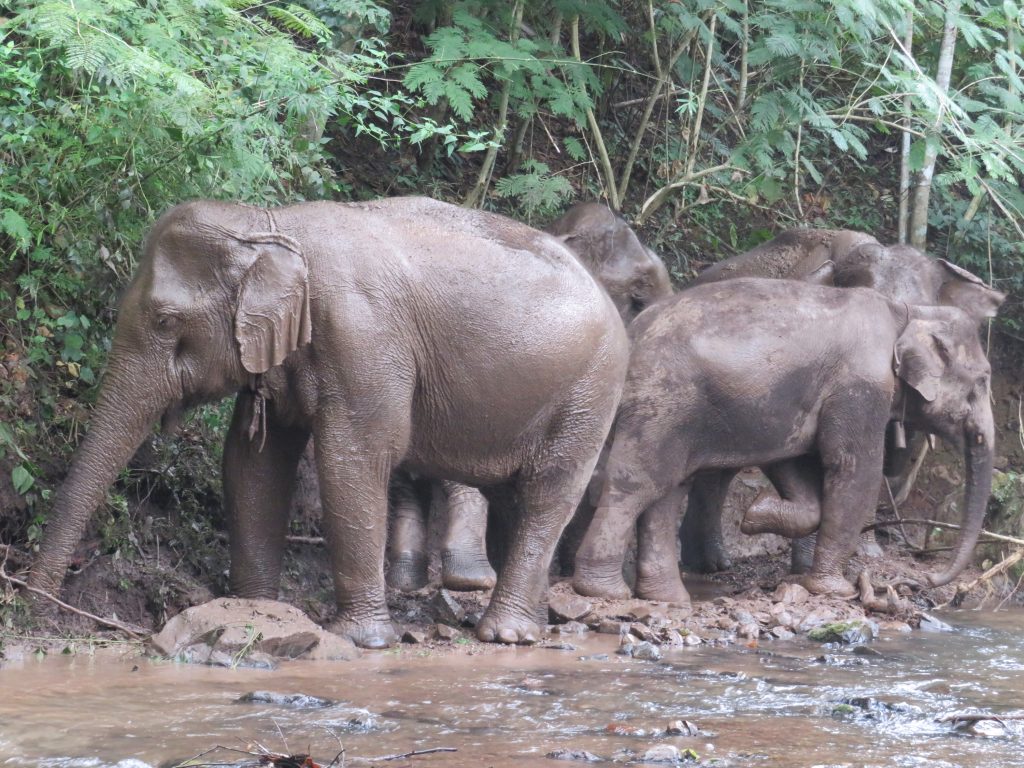
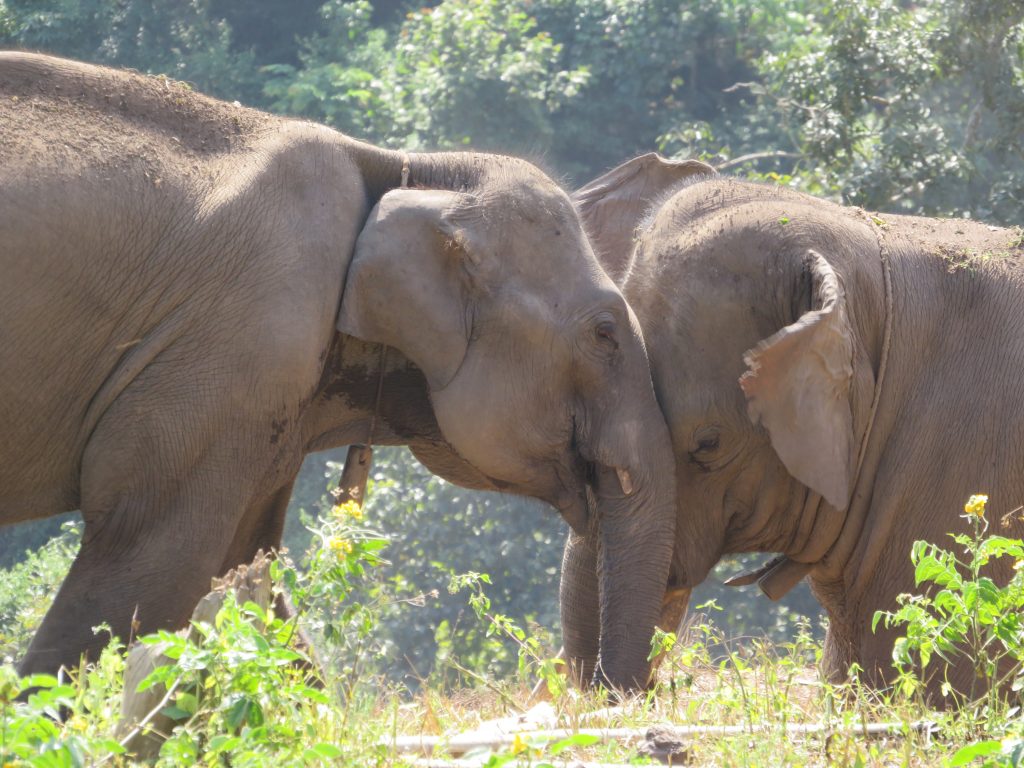
But sanctuaries like these also need funding, which is why tourism remains important. The cost to care for an elephant can reach thousands of dollars per month. This cost is accrued by the need for sufficient food particularly in the dry season, funding to pay the mahout’s salary, funding to care for the elephant, and funding to pay the elephant’s owner. Tourism acts as a sustainable way to provide these dollars.
Choosing an ethical elephant encounter
The future of the Asian elephant remains much in the hands of the inquisitive tourist. Our choices will paint the picture of industry standards when it comes to elephant welfare. If we choose encounters that put animal welfare at the forefront, companies will follow suit.
Such ethical encounters can include assisting in scientific research of the Asian elephant in Northern Thailand with Biosphere Expeditions, observing elephants and planting trees at Burm and Emily’s Elephant Sanctuary, or participating in the homestay program that Kindred Spirit Elephant Sanctuary provides. All these organisations exist for the positive future of the Asian elephant, and you can too.
Book Your Stay in Thailand
Search, compare and book hotels & rentals at the best prices that are sourced from a variety of platforms including Booking.com, Hotels.com, Expedia, Vrbo and more. You can move the map to search for accommodations in other areas and also use the filter to find restaurants, purchase tickets for tours and attractions and locate interesting points of interest!


